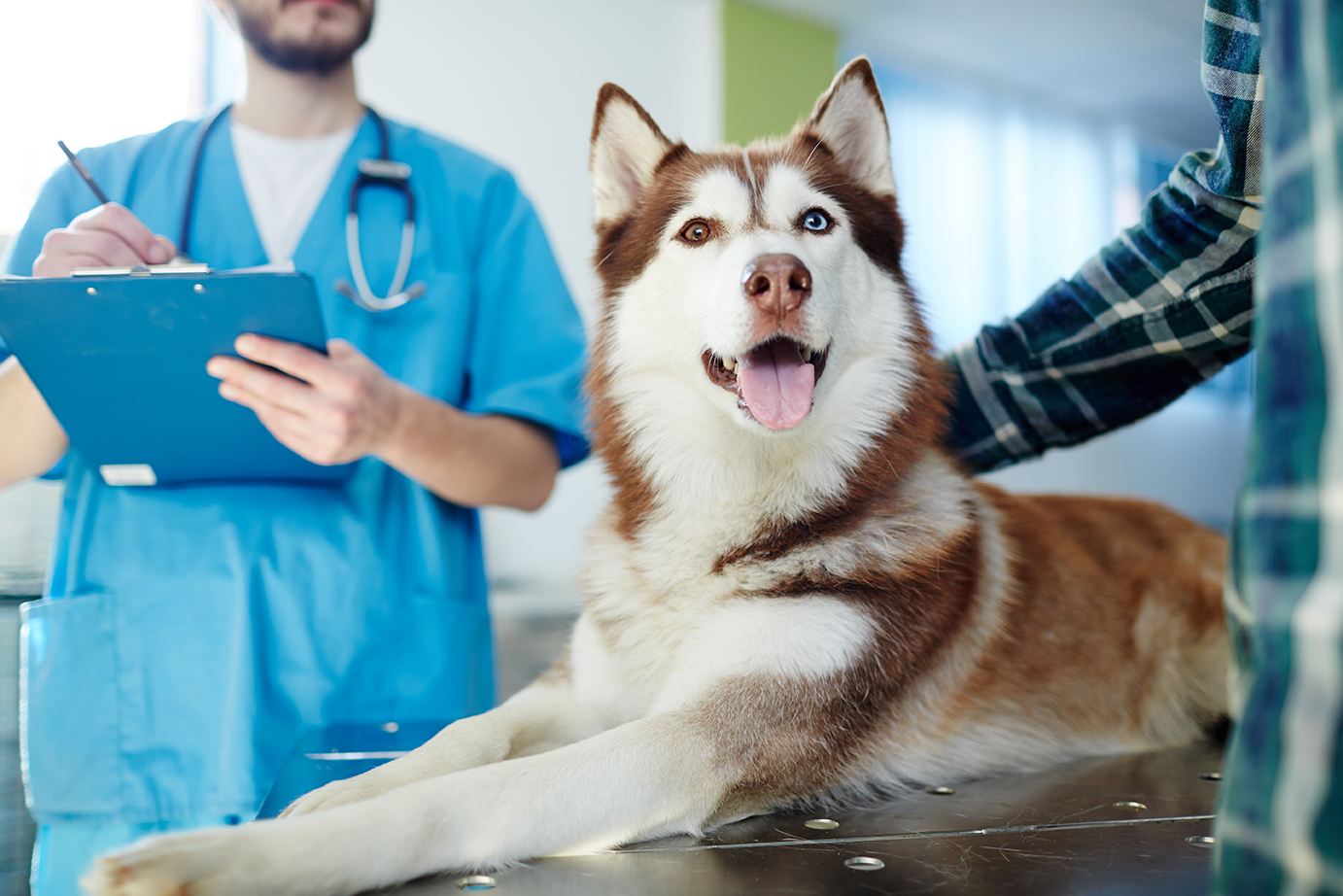Lumps and Bumps on Pets: What are They and When to Worry

Discovering a lump or bump on your pet can be concerning at best, frightening at worst. It’s understandable to worry: Is it normal? Does my pet need to see the veterinarian right away?
While new lumps and bumps on our pets should never be ignored, in many cases, they end up being nothing to worry about. Our medical team at Lone Tree Veterinary Medical Center has seen countless lumps and bumps, so you can rely on us to help determine when one is a problem that needs to be addressed and when it’s not.
Usual Causes of Lumps and Bumps on Pets
There are so many potential causes of lumps and bumps on pets that it can all seem a bit confusing. The most common reasons for the appearance of a lump or bump include:
- Abscess – Due to infection, skin irritation, imbedded foxtail
- Benign growths – Includes skin tags, fatty tumors, cysts, warts
- Parasites – Cuterebra larvae, ticks, lesions from fleas, ringworm, mange
- Infection – Bacterial or fungal
- Granuloma formation – Due to allergic reaction to foreign body, excessive licking
- Malignant tumor – Cancer
Digging Deeper
When we see a pet with a new lump or bump, the first thing we do is assess its location, size, shape, and appearance. This is recorded in your pet’s medical chart, and will be compared to future visits, regardless of what kind of lump it is.
Often, the cause of a lump or bump isn’t immediately obvious, in which case we will probably recommend performing a fine needle aspirate (FNA) procedure. A small needle is inserted directly into the bump to obtain a sample of the cells inside. By taking a closer look at the cells under a microscope, we can often identify inflammation, infection and cells that may be cancerous. The fluid may also be sent to our outside lab to be cultured and/or analyzed further.
If the growth looks concerning or if the FNA results give us cause for concern, a biopsy is the next step. The biopsy gives us a much better look at the cells across a larger sample of tissue. If the lump is very large, cumbersome, or in a location that is bothersome to the pet or hinders daily functioning, we will recommend a surgical excision along with the biopsy, even if it is thought to be a benign growth.
So, You’ve Discovered A Bump
The first step is to take a deep breath. Note the location and size of the lump or bump and any defining characteristics. All lumps and bumps should be examined by our veterinarian but, in certain cases, this should not wait until your pet’s annual check-up. Bring your pet in to see us right away if:
- The lump/bump is growing, changing, or appears to be spreading
- The lump/bump is painful to the touch or feels firm
- There is bleeding or a discharge
- The skin in the area is red or swollen
- Your pet has a history of cancer
- Your pet is a senior (6 years or older)
- Your pet is a cat
When in doubt, contact us to schedule an appointment for your pet. Regardless of what is causing the growth, having it checked out as soon as possible will increase the chances of a positive outcome for your pet and give you peace of mind that you’re doing what’s best for your pet.



